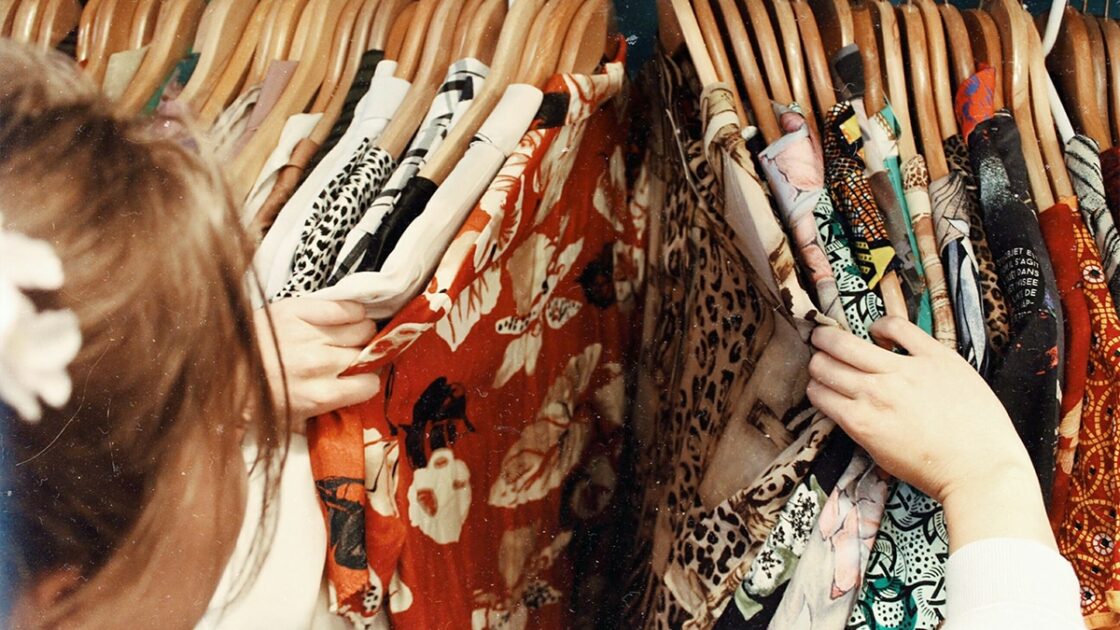Is enough being done to make slow fashion inclusive?
There have been recent triumphs for inclusivity in the fashion industry but are we seeing the impact in sustainability circles?

At its core, the fashion industry has always had issues with diversity. Oppression exists within every facet of society, so it should come as no surprise that the world of fashion is no different. While it is undeniable that strides have been made in recent years in terms of inclusion, we are all still very familiar with glossy magazines in which exclusively thin, able-bodied models in varying shades of white, sell us goods that are designed to be cast aside once they are deemed out of style. But as conversations open up about the environmental impacts of the fast fashion cycle, and we begin to see a move toward more ethical and sustainable fashion, we must strive for improvements in inclusion and representation when it comes to sizing.
The problem with fast fashion
It is at this stage that I feel I have to clarify that while I may sound overly cynical of the fashion industry as a whole. Fashion and personal style are actually a huge love of mine. I think that visual self-expression is very important, particularly for young people, and the typical criticisms of fashion as “vain” or “vapid” are oftentimes just thinly veiled sexism. However, in the face of the climate crisis, as well as glaring human rights abuses in the supply chain, something has to give.
I think that fashion’s resistance to diversity stems in part from the fact that uniformity is the main focus of the fast fashion machine. The best way to sell more stuff to people is to make them believe that what they already own is out of style. ‘Don’t you want to feel included? To be accepted? All you have to do is buy the same clothes and styles as everyone else!’
Until, of course, a few weeks’ time, when the clothes you’ve just bought are now out of trend, and you’ll need to buy an entirely new wardrobe. And so, the cycle continues. A cycle that can only exist through the idea that individuality and deviation from the industry prescribed norm are in some way wrong.
Of course, it may seem that a more conscious form of consumerism that focuses on timelessness rather than trendiness is an antidote, but oftentimes self-proclaimed “ethical” brands can have similar issues with sameness.
Not that there’s wrong with minimalism of course- if that’s genuinely what you want to wear. It’s just that this style is not the only way to dress sustainably.
For me, sustainable fashion is all about forming a meaningful connection with the clothes you own, no matter where you got them. It’s about looking after what you own and making pieces last, and dressing for your own personal style rather than following whatever microtrend is “in” right now.
Barriers to sustainable fashion
But of course, there are huge barriers in place preventing people from developing their own style in a sustainable manner. Two huge ones are sizing and pricing; this can be seen throughout all forms of slow fashion, especially vintage. Even charity shops are becoming harder and harder to access for many people, as the huge rise in their popularity means an increase in prices and a decrease in options for many people.
Unfortunately, “just buy sustainably” is not a solution for many people, and as sustainable fashion surges in popularity, so too does the stigma against those of us who rely on fast fashion to clothe ourselves.
Simply put, not everyone can afford to spend upwards of a hundred euro every time they need a new pair of trousers, and oftentimes even if people can afford these prices, the sizing of sustainable brands can be very narrow compared to high street retailers, as they work in very small production runs. For some people, fast fashion sites are the only option.
Opt out of trends
But the thing is, it is not working-class people who need a new pair of shoes that are keeping the fast fashion industry afloat. It is a culture of consumerism, of overconsumption. It is the voice of capitalism encouraging people to always buy more, telling us that what we already own just isn’t good enough. People need to feel comfortable in opting out of the trend cycle. But this can only be done if they see themselves meaningfully represented in sustainable fashion spaces. We have to make room for marginalised communities.
In the same way that the fashion industry as a whole must shift from greenwashed promises of “sustainability” in order to appeal to the mass market, so too must they shift from tokenism to a more genuine representation. A change to an industry that does not address concerns of inclusivity is not a meaningful change at all.
Luckily, the fashion industry is evolving to become much more inclusive. An example of this can be seen in the contrast between Victoria’s Secret runway shows and the Savage x Fenty runway shows. Victoria’s Secret had long been under fire for a lack of diversity in its runway models, both in terms of size and race. Savage x Fenty addresses both of these areas with an extremely diverse group of models.
In fact, Victoria’s Secret shows were indefinitely postponed after the first Savage x Fenty runway. Similar changes in terms of diversity must be made in all fashion shows in order to create a truly accessible industry for everyone. A change to an industry that does not address concerns of inclusivity is not a meaningful change at all.






